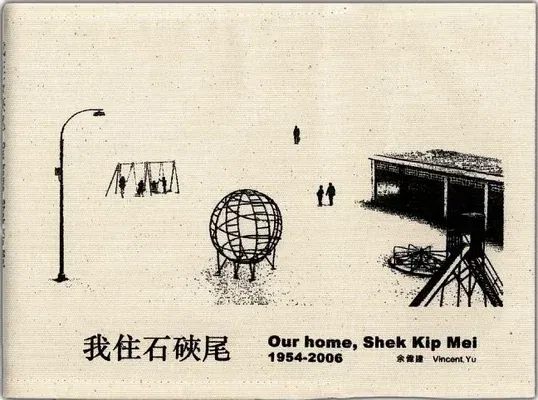Shek Kip Mei was the first public housing estate development in Hong
Kong built by the British colonial government in 1954. The resettlement
project was an immediate response to the need for temporary relief as a
result of the massive fire that destroyed the Shek Kip Mei squatter area
on Christmas Eve 1953, when over 53,000 Chinese immigrants lost their
makeshift homes overnight. However, it was also hailed as a new era for
Government public housing programmes and the need to accommodate the
rapidly growing population of the 1960s and 70s.
Many Hong Kong citizens share the experience of growing up witnessing
the territory's rapid transformation from a series of rural villages
into the present international metropolis. Life on the Shek Kip Mei
Estate can, in many ways, be interpreted as a microcosm of wider
society. The estate buildings were essentially concrete bunkers lacking
the basics of doors and windows, let alone the relative luxury of
electricity and running water. A family of five to eight persons was
crammed into a cubicle of about 120 - 200 square feet (11 - 18 square
metres), with over 10 households sharing a public toilet/bathroom on the
same floor... bygone days of communal living.
Intended to be a temporary resettlement, 50 years later the apartments
in the Shek Kip Mei Estate are still rented out by the Government.
Photojournalist Vincent Yu captured life on Shek Kip Mei Estate through
his lens during its last phase of existence, before the oldest blocks
were demolished in November 2006. His images document some 200 elderly
residents and their 'homes' before they were resettled to modern
high-rises, many having inhabited the crumbling estate for over five
decades.

